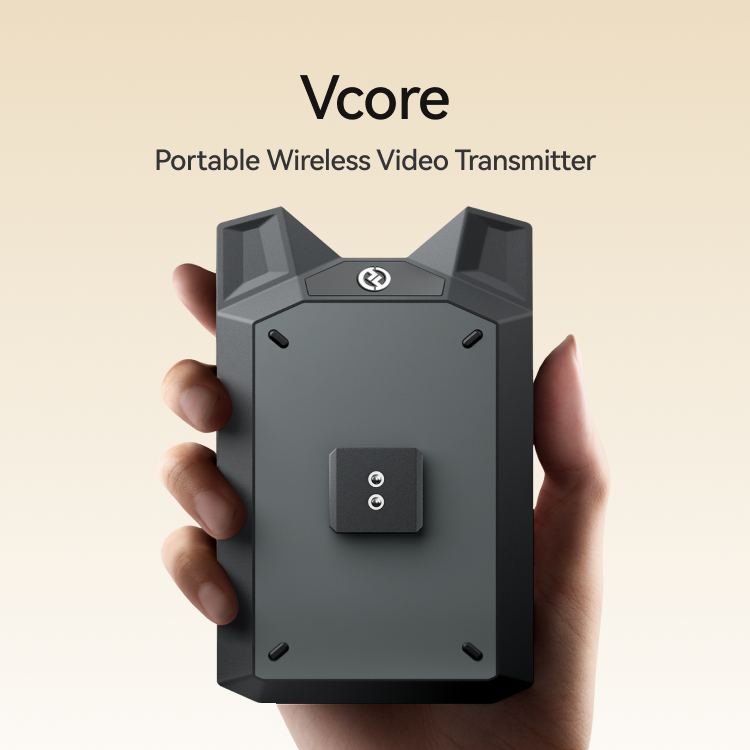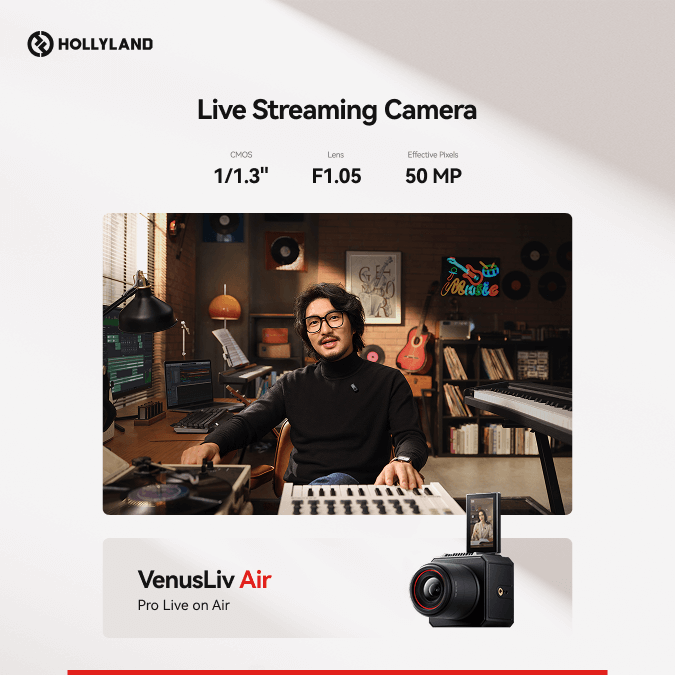With over 10 billion emojis flying across the internet daily, they have become more than just a fun extra; they are a core part of how we connect in the digital age.
Now, here’s the twist: not all emojis are created equal. If you are using an iPhone which is powered by Apple’s own iOS mobile operating system, your emojis look sleek, polished, and instantly recognizable. Meanwhile, Samsung smartphones offer a bold and expressive set of emojis with their own unique flair.
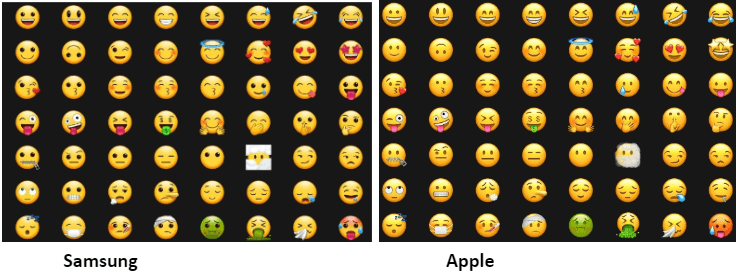
So, which platform’s emojis really take the crown? This article will help you decide.
The Evolution of Emojis: Apple vs. Samsung
Emojis are no longer just playful icons sprinkled into our messages — they have evolved into a universal language that helps bridge communication gaps in the digital world. These tiny symbols, ranging from smiley faces to colorful hearts, add layers of emotion and clarity to our often short and sometimes unclear messages.

According to research, over 96% of people across countries like France, Germany, Spain, and the U.S. use emojis regularly, underscoring their global significance. Emojis first appeared in Japan in the late 1990s as a way to add emotion and expression to text messages, which were the main way people communicated on mobile phones at the time. Designed by Shigetaka Kurita for the Japanese telecom company NTT DoCoMo, the first set of 180 emojis was inspired by weather symbols and manga, helping people communicate more clearly in limited space.

It wasn’t until Apple introduced an emoji keyboard on the iPhone in 2008, as part of iPhone OS 2.2, that emojis gained worldwide popularity. Following Apple’s lead, other tech giants like Samsung also integrated emojis into their devices, solidifying their place in everyday messaging.

All of this is made possible by Unicode, the organization responsible for standardizing emojis across platforms.
Why Are Emojis Different on iPhone and Samsung?
Apple’s emojis are sleek, polished, and instantly recognizable. With frequent updates and a clean, refined aesthetic, iPhone users often get their hands on new emojis first. Take the recent iOS 17.4 update, for example—it introduced 10 new emojis such as a lime, brown mushroom, a Head shaking horizontally and vertically, a Broken Chain and a Phoenix, along with fresh features for Messages and Apple Podcasts.

Apple’s design consistently emphasizes simplicity and inclusivity, adding icons that reflect a diverse range of experiences. iPhone users are already buzzing about upcoming additions, like the under-eye bags emoji, which many say makes them “feel so seen.” Apple keeps their emoji lineup fresh, fun, and personal.

Samsung, on the other hand, amps up the energy with bold, vibrant emojis that burst with color and exaggerated expressions. These playful designs are packed with personality, making Samsung emojis stand out.

With the recent One UI 6.0 update, Samsung has completely revamped its emoji lineup, revising over 2,500 designs. From smileys and food to animals and gestures, nearly every category has been refreshed to align with the latest Unicode recommendations.

Though these expressive emojis add a fun twist, they can sometimes look a little different when shared across platforms but still serve the same communicative purpose. It’s the same language—spoken in two very different accents!

Comparing Emoji Styles: iPhone vs. Samsung
Let’s explore the unique styles that set iPhone and Samsung emojis apart.
The iPhone Emoji Aesthetic
Apple has long been recognized for its clean, simple approach, and this ethos extends to its emoji design. Apple’s design strategy emphasizes uniformity across devices, ensuring that your emojis will look the same whether you’re using an iPhone or iPad. This familiarity makes iPhone emojis universally easy to identify.
Another feature of iPhone emojis is inclusivity. Over the years, Apple has introduced more skin tone variations, gender-neutral characters, and diverse professions. This has kept their emoji collection fresh and socially relevant.

Samsung’s Approach to Emoji Design
Samsung’s emojis are more vibrant and exaggerated, adding a playful and sometimes unique touch to everyday communication. Take the ‘anguished face’ emoji, for example—on a Samsung device, it looks deeply sad, complete with a sigh bubble, while Apple’s version leans more toward shock and surprise.

This divergence continues with the ‘eye-roll’ emoji: Apple’s version perfectly conveys irritation, but Samsung’s seems almost gleeful, if not a bit suggestive.

The difference in how the two brands depict the alien emoji is even more striking. Samsung’s alien is a monstrous yellow figure with an exposed brain, straight out of a sci-fi horror movie, whereas Apple’s is a cute, pixelated purple creature reminiscent of 80s arcade games.

So why are these emojis so different? It comes down to how each company interprets Unicode standards. While the basic emoji framework is set, brands have the creative freedom to design them as they see fit, resulting in fun, yet sometimes confusing, differences across platforms.
How Do iPhone and Samsung Handle Facial Expressions in Emojis?
iPhone’s Subtlety in Expressiveness
Apple takes a more understated approach to facial expressions in their emojis. The emotions are often subtle, aiming for a universal appeal that resonates with a wide audience. Instead of exaggeration, Apple keeps the expressions simple and clean. Whether it’s a smile, frown, or surprised face, each emotion feels polished and straightforward, making it easy for users to communicate without overpowering the message.

Samsung’s Bold Emotion in Emojis
Contrarily, Samsung embraces a bolder approach to emoji design. Facial expressions are often more vibrant, exaggerated, and playful, adding a fun twist to everyday communication. The emotions are amplified—whether it’s a wink, a laugh, or an eye roll, Samsung emojis bring an extra level of expressiveness. Samsung’s distinct style is especially noticeable in emojis where the emotions feel more pronounced compared to Apple’s more neutral interpretations.

Exploring Cultural Differences in Emoji Design on iPhone and Samsung
Emoji design is not just about visual style; it reflects deeper cultural influences that shape how emotions, symbols, and gestures are visually represented. Both Apple and Samsung have incorporated cultural elements into their emoji sets, but they approach this task in distinct ways.
iPhone’s Global Approach to Inclusivity
Apple has long emphasized diversity and inclusion in its emoji designs. The introduction of multiple skin tones, gender-neutral options, and a wide range of family structures reflect Apple’s commitment to representing a global user base. Over time, they have expanded their emoji library to include culturally relevant symbols, from pride flags to religious icons.

Apple’s design philosophy is rooted in creating emojis that feel accessible to everyone, regardless of background. Even in subtle details like hand gestures, Apple’s emojis aim to be culturally sensitive and inclusive, such as ensuring that thumbs-up or peace sign emojis don’t carry unintended meanings across different regions.
Samsung’s Playful Cultural Influence
Samsung’s approach, while also inclusive, tends to be more playful and bold. The company incorporates culturally relevant symbols but often adds an extra layer of personality and vibrancy. From food items to clothing, Samsung’s emojis are designed with a cultural flair that often reflects a more playful, sometimes exaggerated interpretation of familiar symbols. For example, certain emojis, like the bowing person or clapping hands, might be portrayed with more energetic gestures, making them stand out when compared to Apple’s more restrained versions.

This contrast highlights how cultural representation in emoji design varies across platforms. Samsung leans toward a more vibrant, expressive interpretation, while Apple tends to maintain a balanced, globally appealing aesthetic.
The Impact of Updates: What to Expect from Future Emoji Designs on iPhone and Samsung
Both iPhone and Samsung regularly update their emoji designs, driven by the Unicode Consortium’s additions. Recent updates focus on inclusivity, adding emojis for different skin tones and disabilities.
Looking ahead, expect more diverse and culturally relevant emojis on both platforms. Apple will likely maintain its sleek, minimalist approach, while Samsung may continue with bold, expressive designs. We could also see more interactive and animated emojis, enhancing how we express ourselves in digital communication.
As technology progresses, both companies will likely push the boundaries of what emojis can do, ensuring that our digital communication remains vibrant and reflective of the world around us. Whether it’s through the polished look of the iPhone or the expressive flair of Samsung, emoji updates will continue to shape how we communicate online.
Conclusion: The Verdict: iPhone or Samsung?
In the end, both iPhone and Samsung bring their unique visual styles to emoji design, each reflecting their brand’s identity. iPhone leans into simplicity, sleekness, and universality, while Samsung’s vibrant and bold emojis add playful charm and emotional exaggeration. The decision between the two comes down to personal preference—whether you prefer Apple’s polished aesthetic or Samsung’s colorful, expressive take on emotions. Both offer a range of options for users to express themselves in the digital world. So, which style best fits your communication? It’s your call!
Whether you’re team iPhone or loyal to Samsung, capturing your emoji-style expressions in sharp clarity takes your communication to another level. A high-quality streaming camera ensures your visual content is as expressive and vibrant as your favorite emojis.
Frequently Asked Questions
Why Do Emojis Look Different on iPhone and Samsung?
Emojis differ on iPhone and Samsung because both companies follow the Unicode standard but interpret and design the emojis in their own unique styles. Apple prefers a minimalist, sleek look, while Samsung opts for vibrant, exaggerated designs.
Which Set of Emojis Is Easier to Recognize?
This depends on what you are used to! Many users find iPhone emojis easier to recognize due to their clean, simple designs. However, Samsung’s expressive and colorful emojis can stand out more for users who appreciate bolder visuals.
Are iPhone and Samsung Emojis Compatible with All Apps?
Yes, iPhone and Samsung emojis are compatible with most apps that support the Unicode standard. However, the appearance may change depending on the platform and how each company interprets the emojis.
Can I Customize My Emojis on iPhone or Samsung?
On both iPhone and Samsung, you can personalize your emojis using features like Memoji (iPhone) and AR Emoji (Samsung). These allow you to create avatars and customized emojis that reflect your appearance and style.
Will Emoji Updates Affect Older Devices?
Emoji updates are typically tied to software updates. If your iPhone or Samsung device is no longer receiving system updates, you might miss out on newer emojis. However, older devices will still display emojis that were available up to their last update.
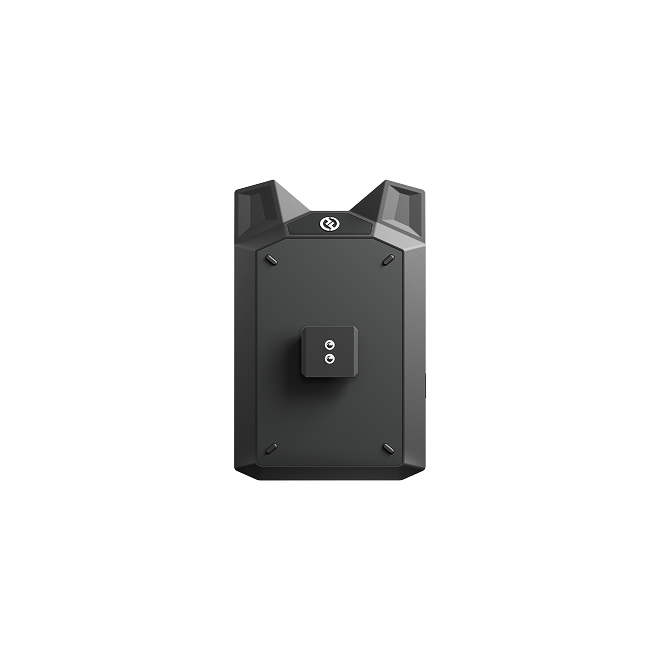

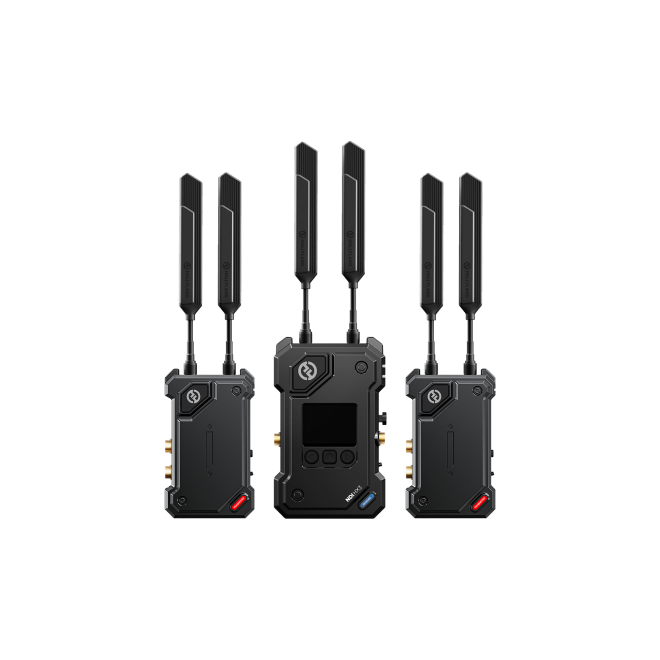
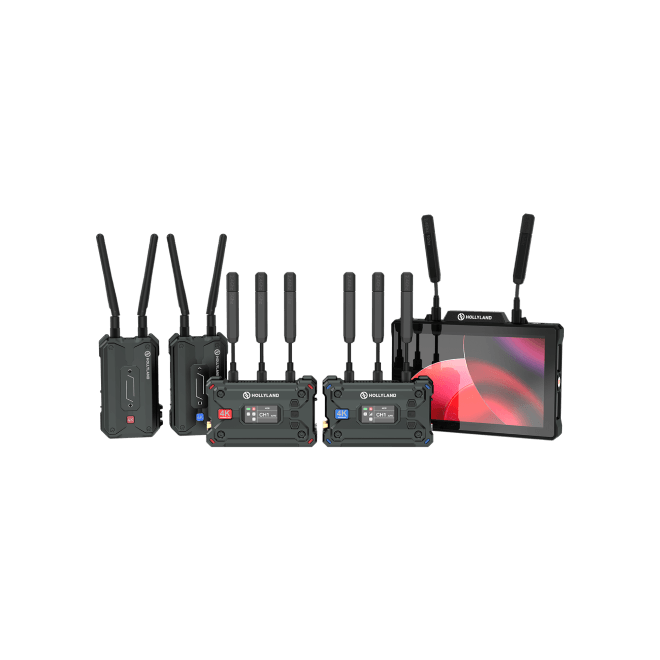
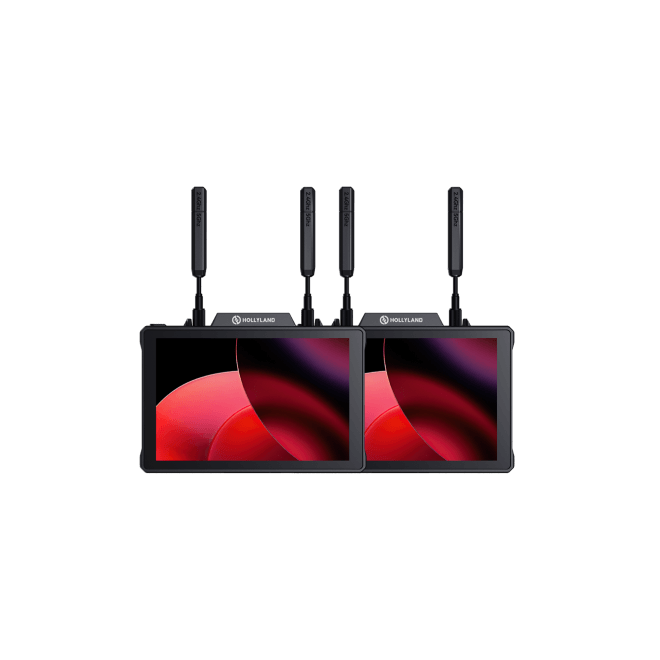
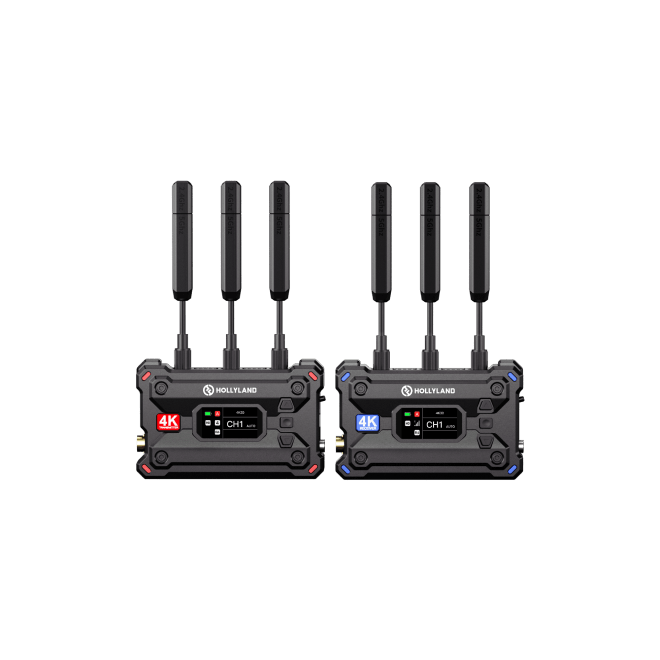
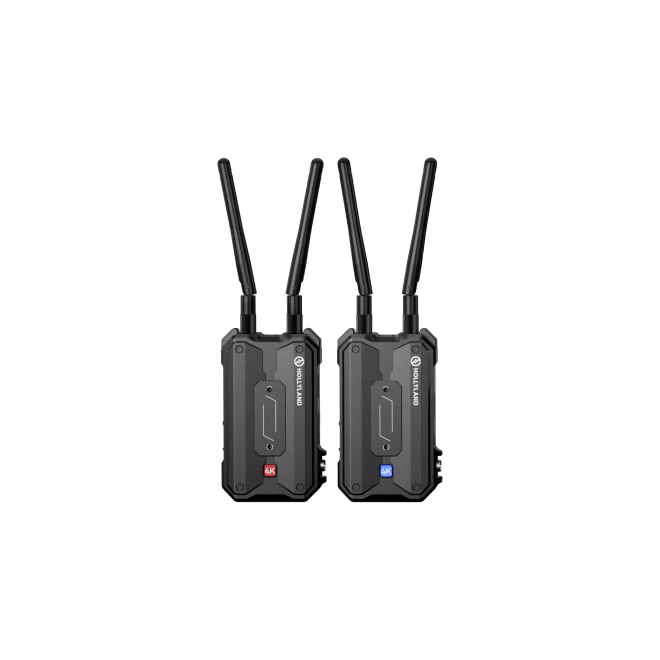
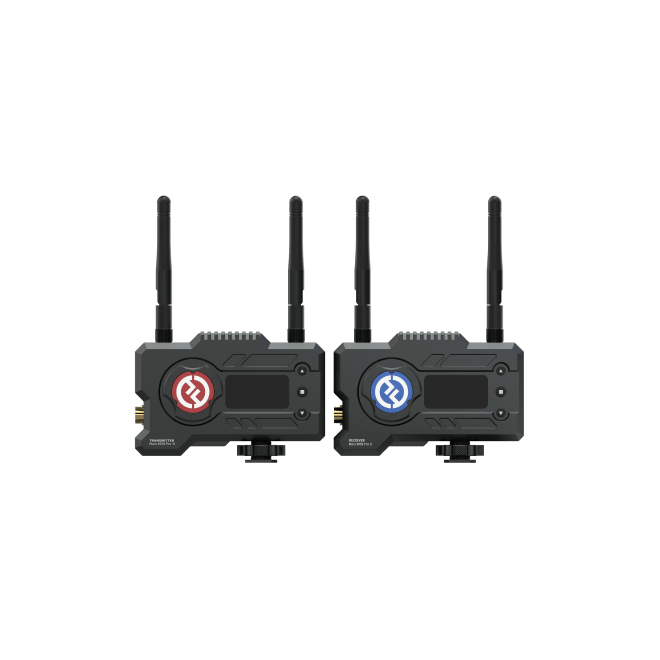
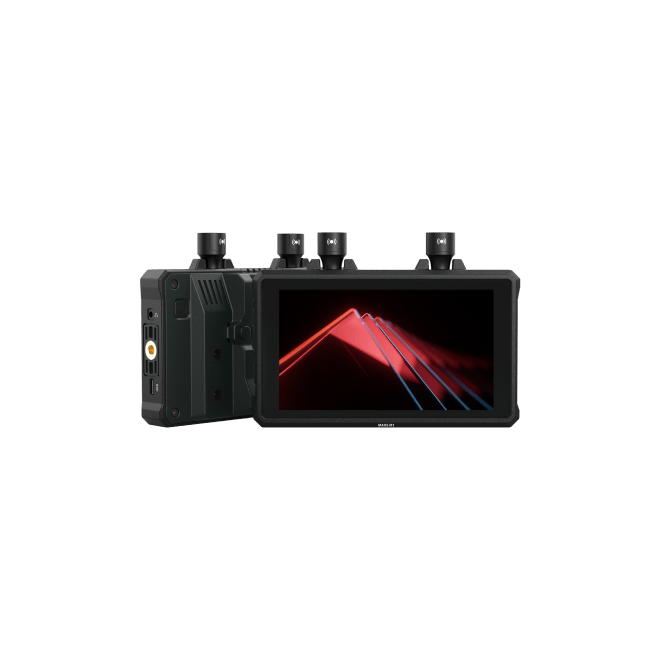
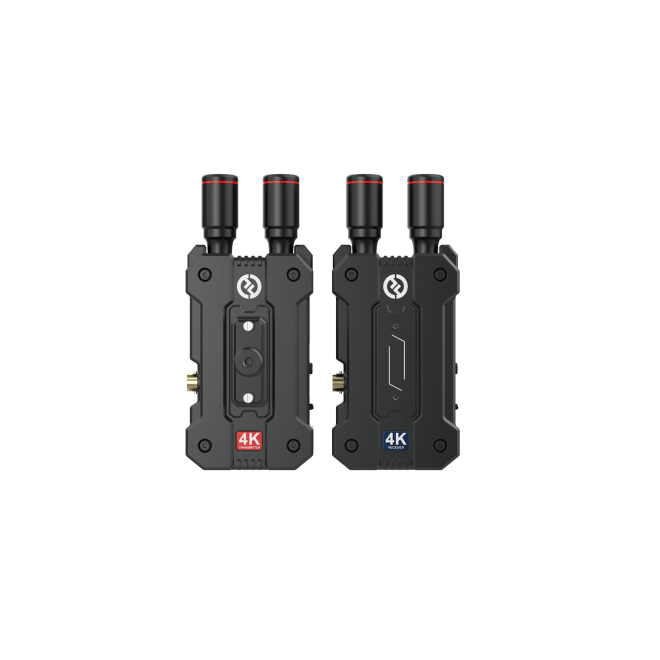
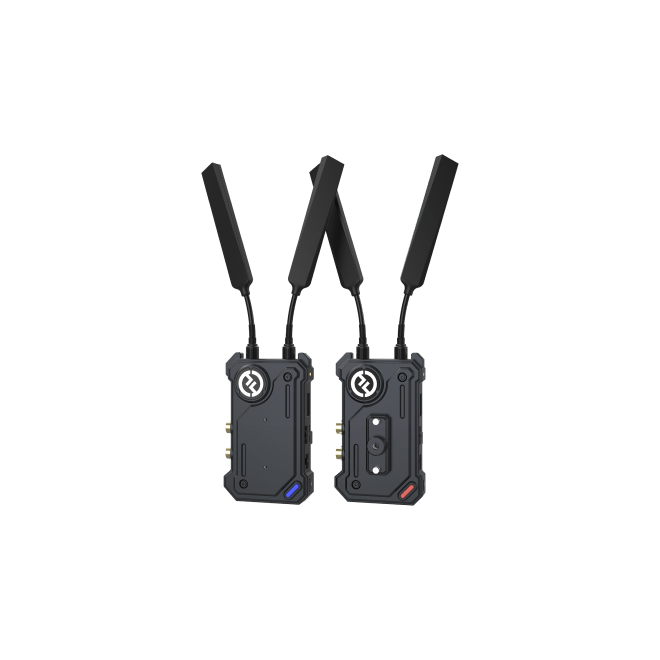
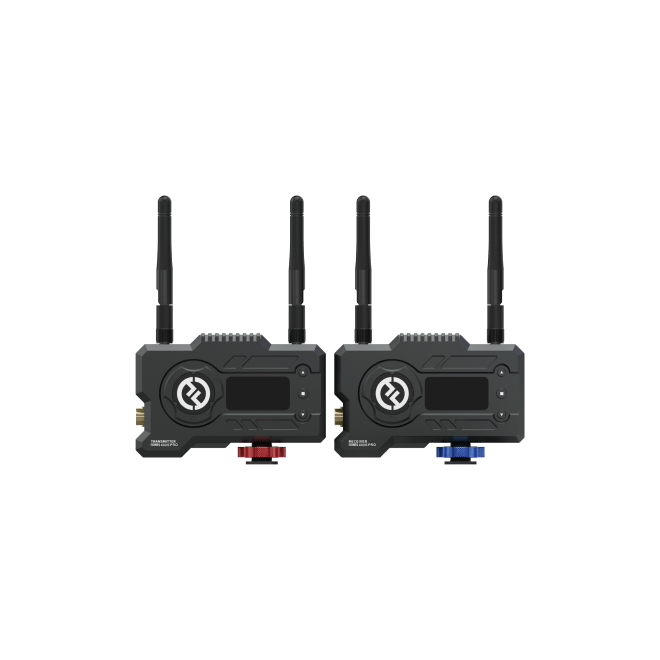
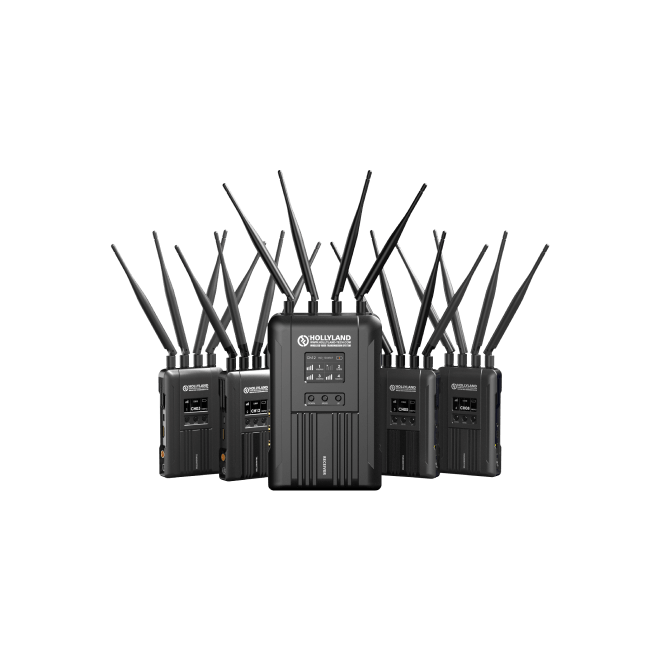


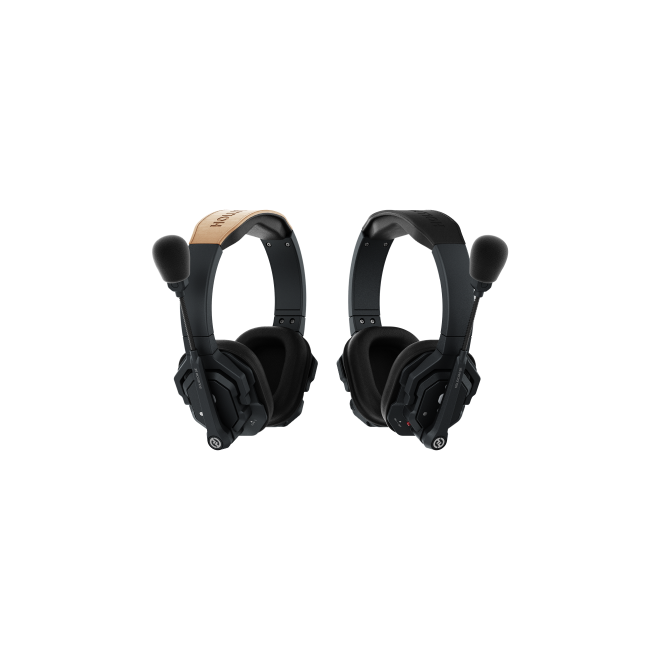
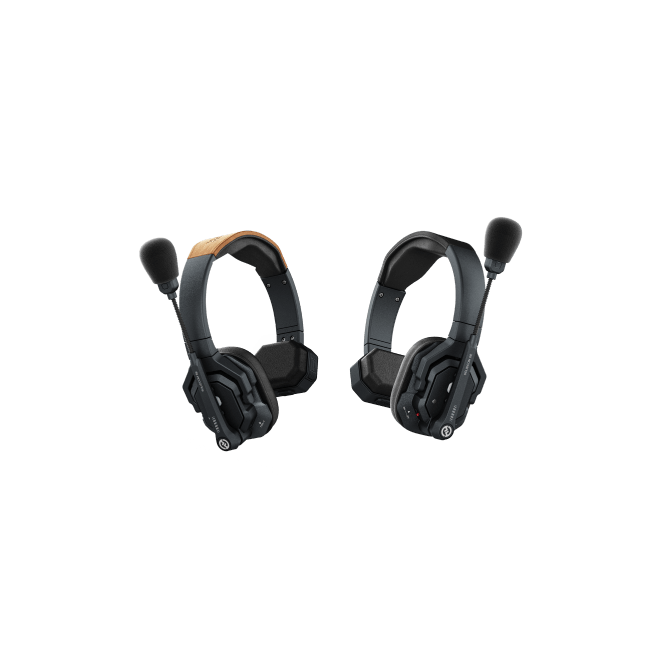
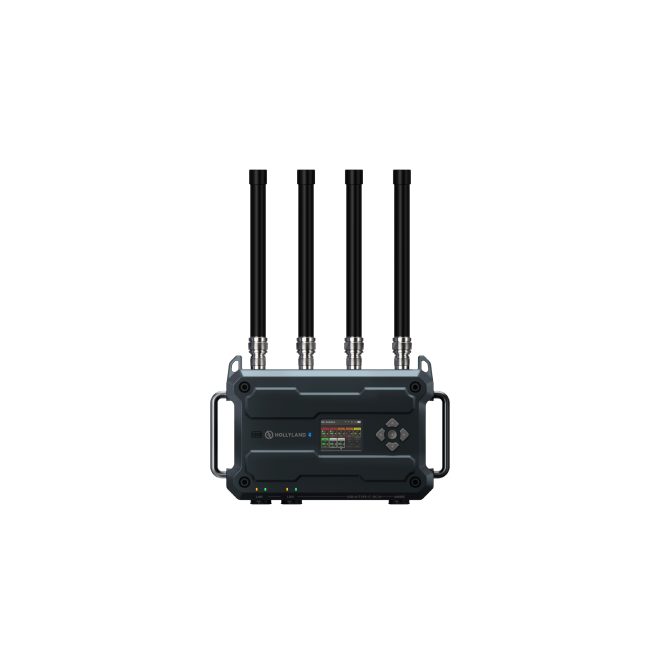
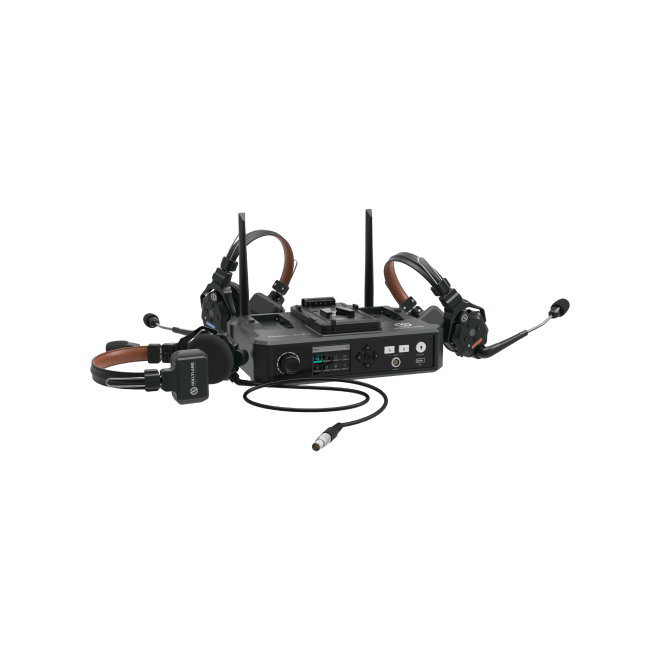
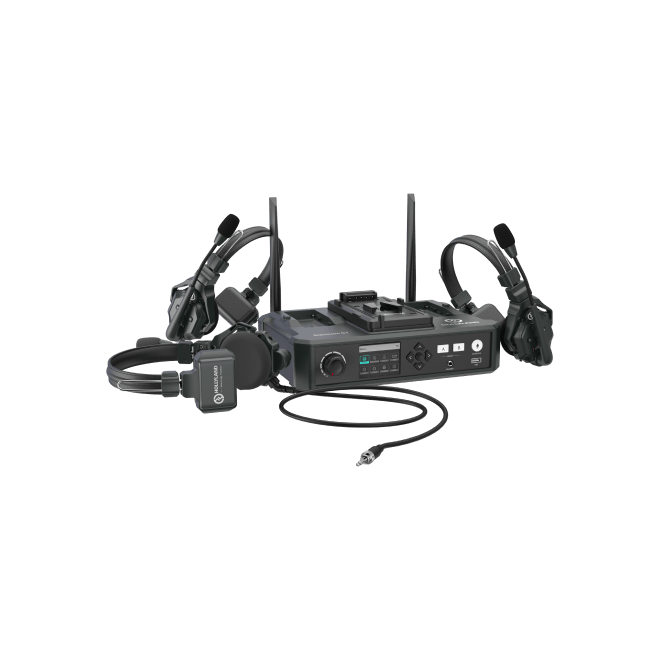
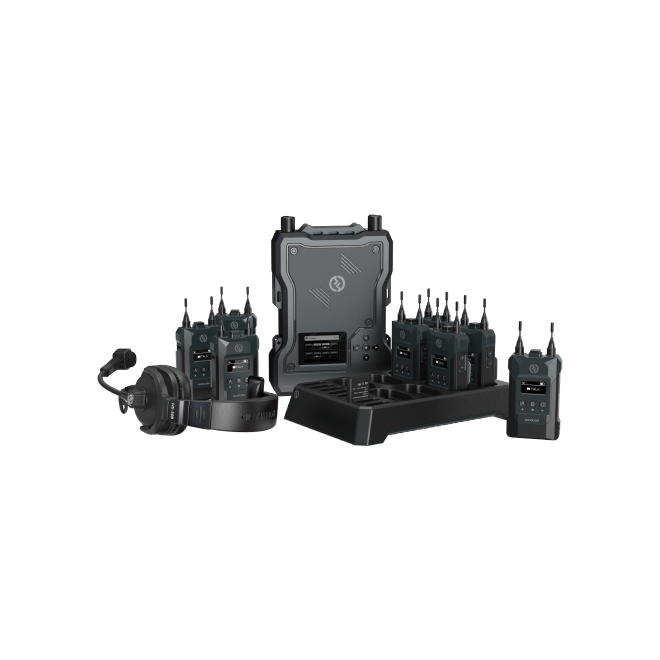
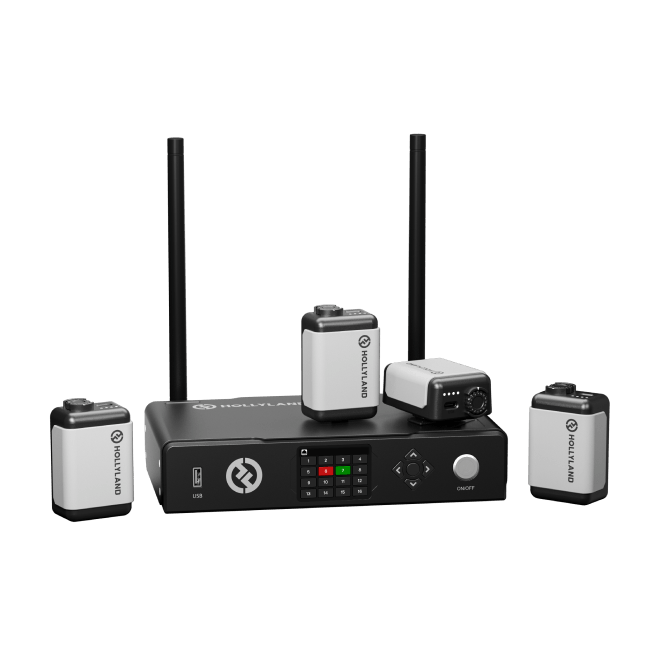
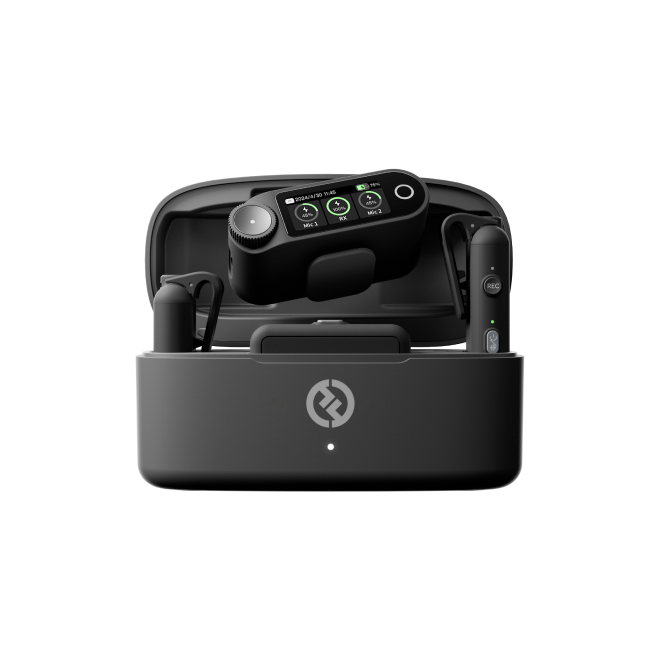


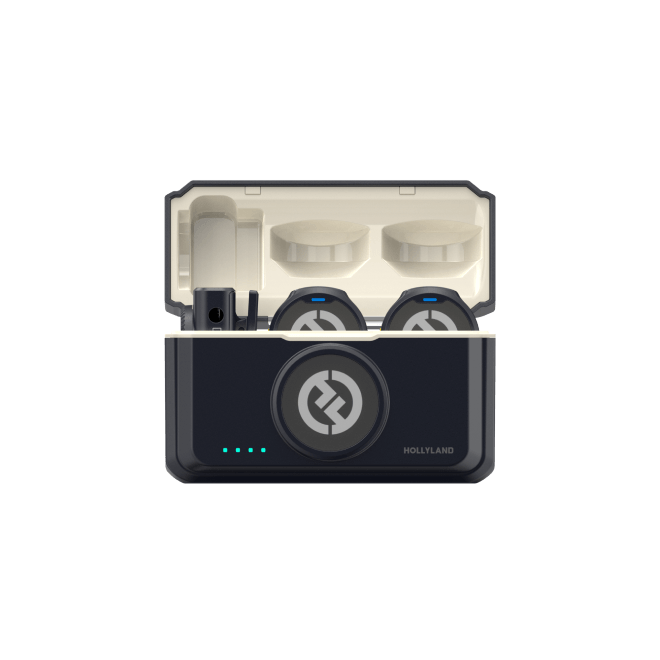
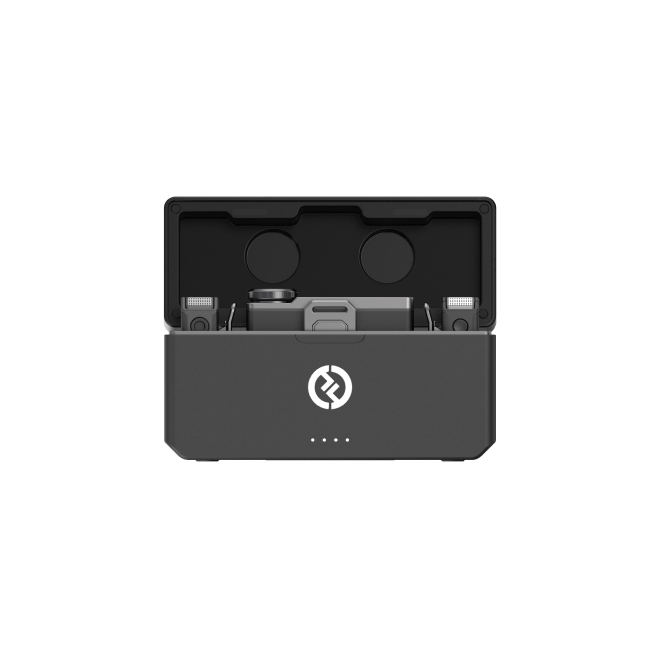
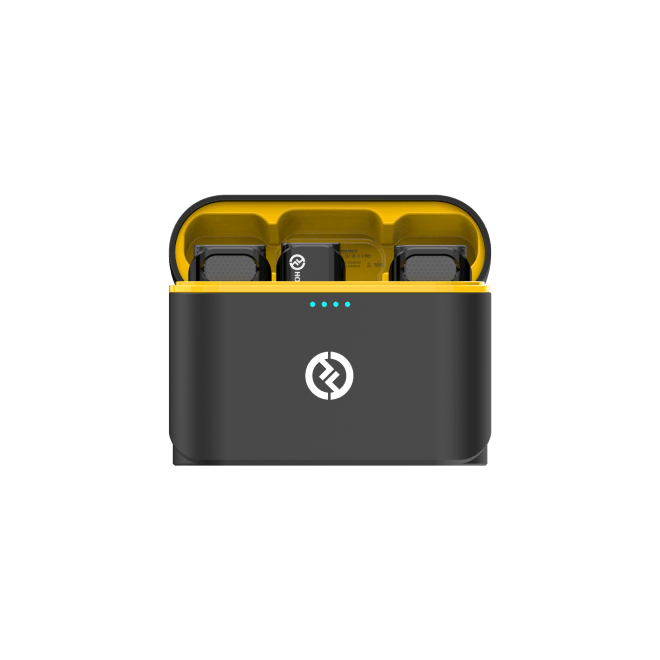
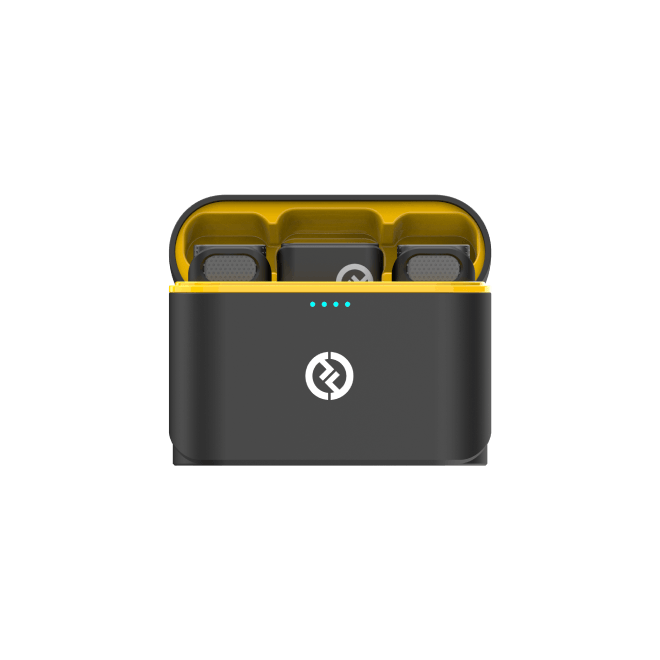
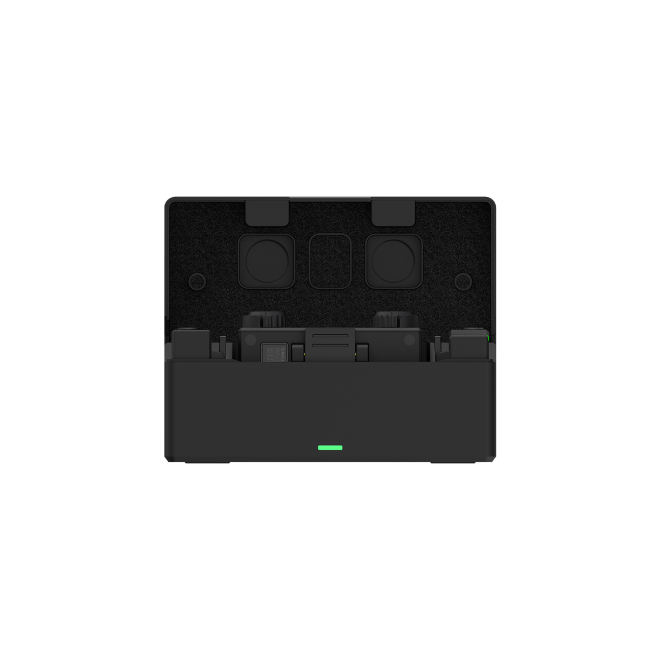
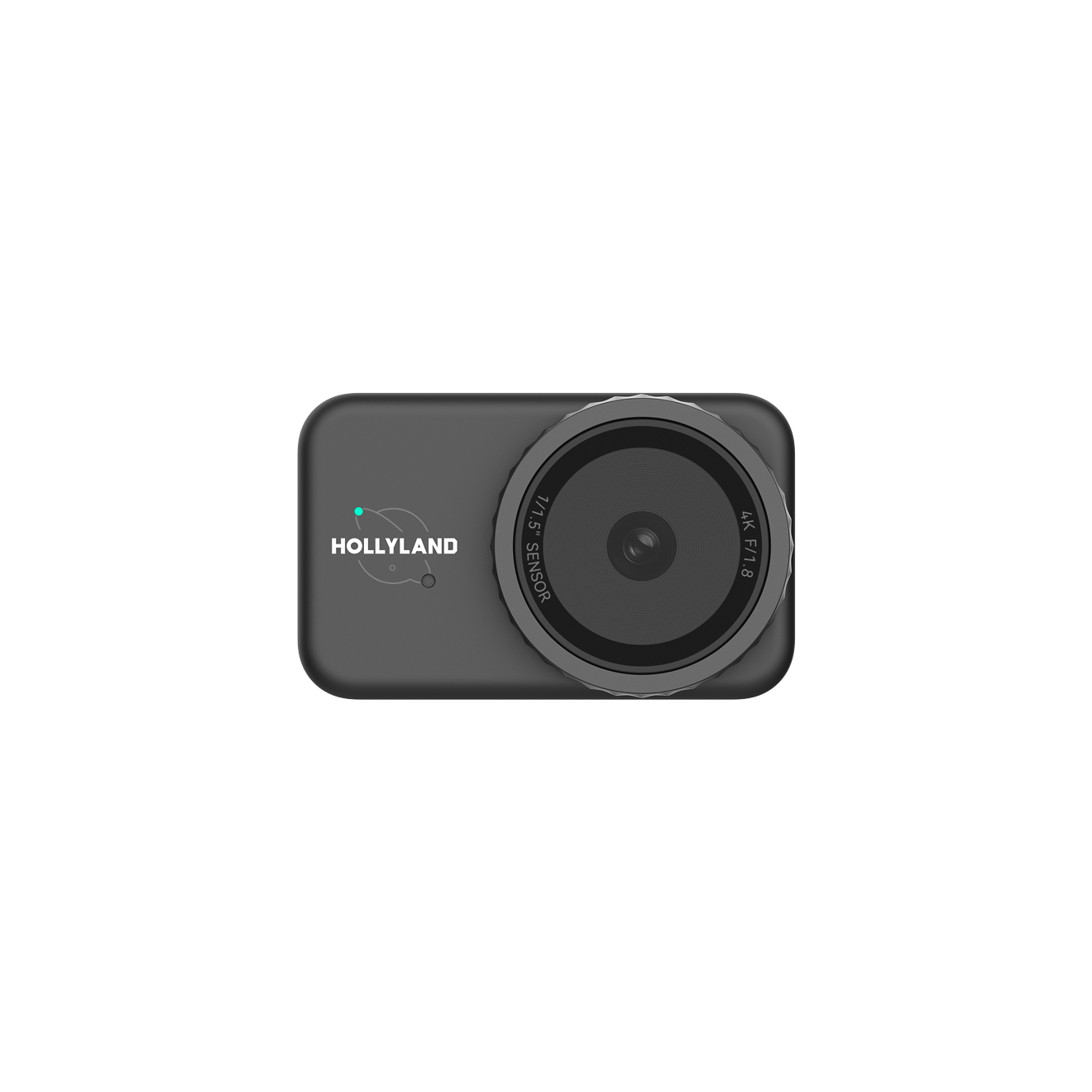

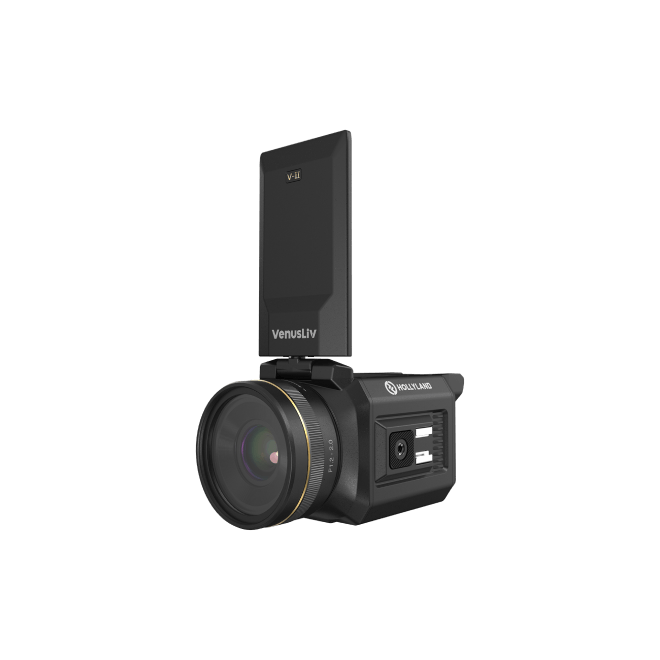
.png)
.png) Français
Français .png) Deutsch
Deutsch .png) Italiano
Italiano .png) 日本語
日本語 .png) Português
Português  Español
Español 


